EUGENE ATGET
For a while, I have wondered why John Szarkowski calls Eugene Atget his “favorite photographer.” This post explores Atget’s work, including some of Szarkowski’s observations, plus a few of my own.

Atget, born in 1857 in Libourne, France, is remembered for his documentary photography of the architecture and scenes of Paris. He started photographing in 1890, setting up a business in Paris that sold documents (reference photographs) to artisans, architects, and artists, and also to libraries and archives who wanted to preserve a record of Paris. His work was a type of resistance to modernization and urban development. It is ironic, therefore, when Szarkowski says, “Atget’s mind was, I think, a modernist mind.”
Later in life, Atget sold prints to young artists in Paris; of these was Berenice Abbott, working with Man Ray in 1925; she become one of his greatest champions. Atget died in 1927 and his work was divided into historical records of Paris (2000 prints) given to the French government, and the rest, sold to Abbott. In 1968, these images (1415 glass negatives and over 8000 vintage prints from more than 4000 negatives) were purchased by the Museum of Modern Art. Its Director of Photography was John Szarkowski.
Atget’s work, Szarkowski argues, had “phenomenal influence” on American photographers, including Alfred Stieglitz, Ansel Adams, Walker Evans, and Paul Strand. During Szarkowski’s tenure at MoMA, Atget’s work was featured in five major exhibitions: Atget (1969–70), The Work of Atget: Old France (1981-82), The Work of Atget: The Art of Old Paris (1982–83), and The Work of Atget: The Ancien Regime, and The Work of Atget: Modern Times (simultaneously, in 1985). More recently, MoMA exhibited his work again in Eugène Atget: “Documents pour artistes” (2012). This interest might seem remarkable to Atget, for in his day “he founded no movement and attracted no circle” (Szarkowski’s Looking at Photographs, page 64).
On to Atget’s photographs. Why the modernist label? “One of the great changes that modernism brought…” Szarkowski continues, “was the radical expansion of the raw material out of which art could be made.” Atget might have resisted the ‘artist’ label, but the description fits; his photographs are of everyday scenes and ordinary people. For thirty years, he carted around his bulky obsolete view camera, cataloging ordinary Paris with an extraordinary eye.
Here are five of his thousands of photographs, in chronological order:
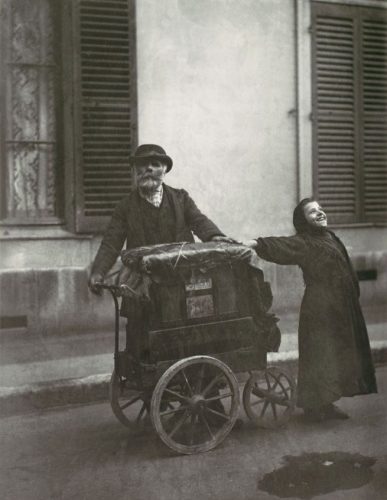
Organ Grinder is unusual for Atget’s style. Normally, his photographs don’t include people. If they do, it is not usually an expression of emotion.
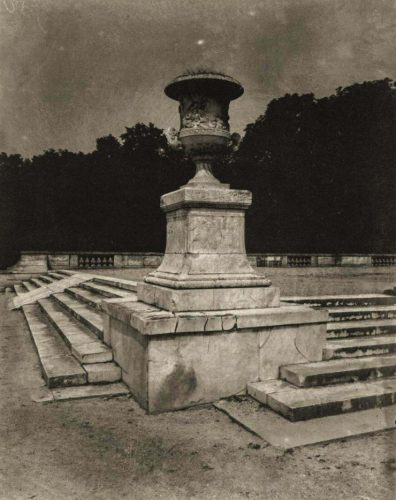
Versailles Vase is featured in Szarkowki’s book Looking at Photographs, published 1973. It shows Atget’s “almost infallible sense of where to stand, from what vantage point and distance, what to include, and what to exclude” (Szarkowski in Speaking of Art).
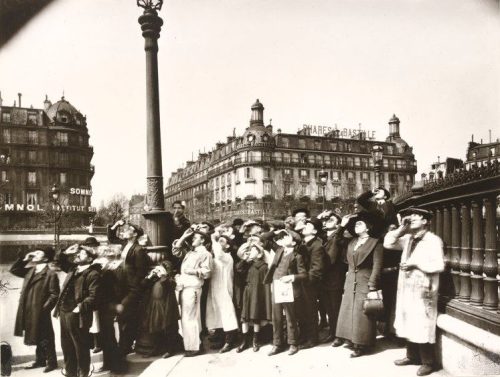
Eclipse was used on the cover of the 1926 ‘La Révolution surréaliste’, the chief publication of the Surrealist movement in Paris. Atget let them use his photograph, but not his name.
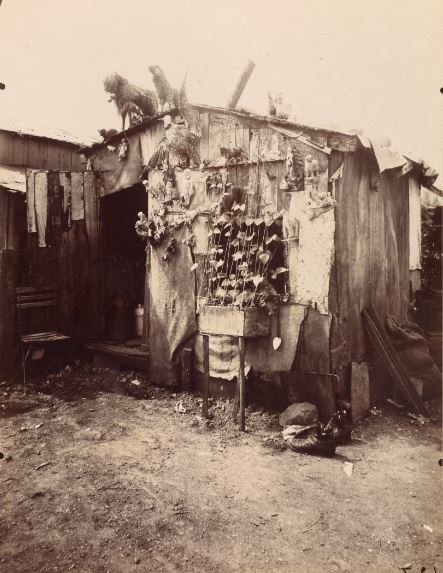
A chiffonnier is a rag-picker. What I love most about this picture is the goats on the roof.
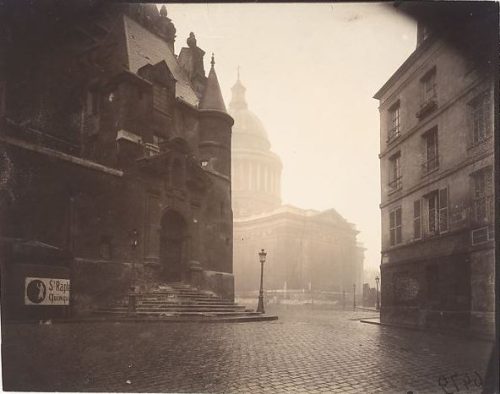
Rue de la Montagne-Sainte-Geneviève is one of Atget’s later works. His early works were often taken in full sun to capture the details. This picture captures the soft early morning light, becoming an experience as well as a document.
Atget’s photographs carry with them a sense of nostalgia, a lonely sense of “Old Paris.” Some of my work looks at how time encroaches on objects like buildings. Here’s a recent photograph.
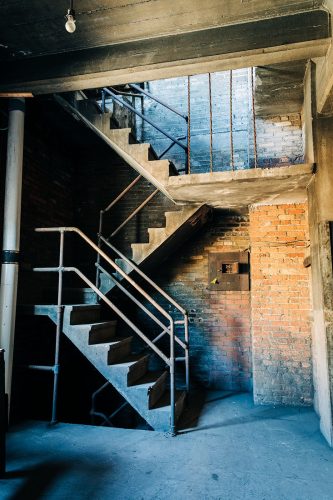
It’s not the same as an Atget, but it’s nostalgic. I learned from Atget that documentary photographs are more than the latest, greatest adventures of humankind. The ordinariness of a subject can also appeal. If he can do it, maybe so can I. That seems a bit pretentious; I don’t think MoMA will ever even notice me, but then again, neither did Atget, and yet there he is, and a favorite to boot.
